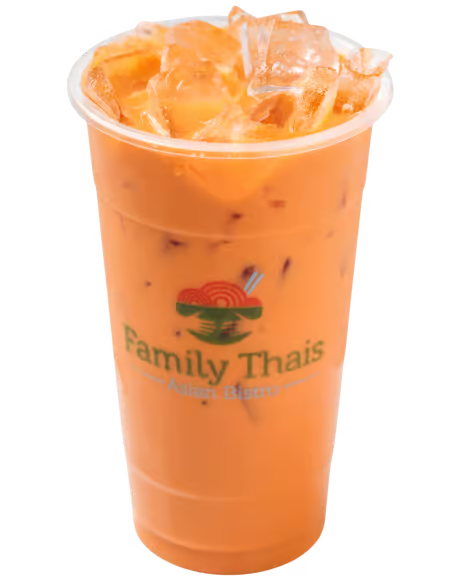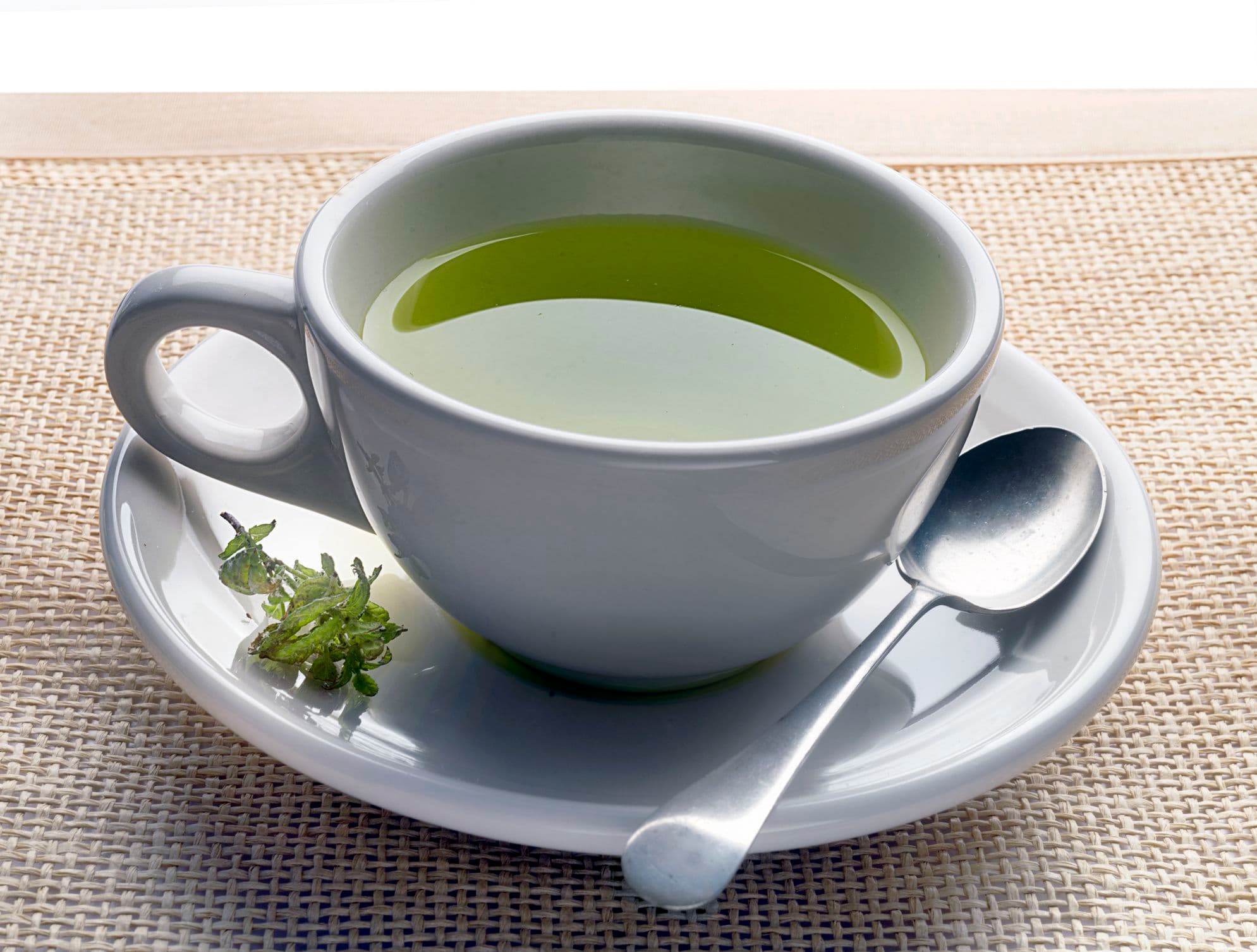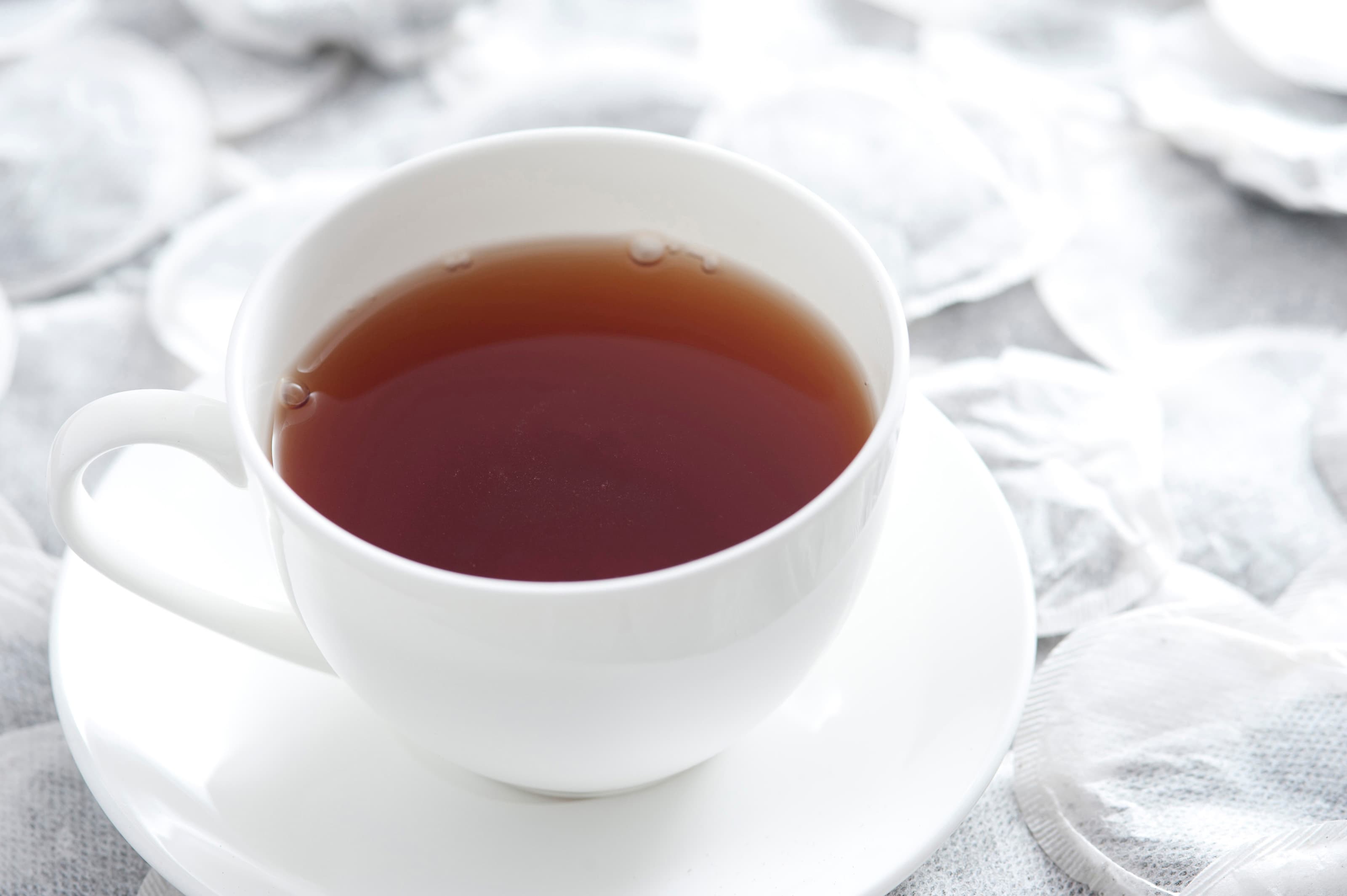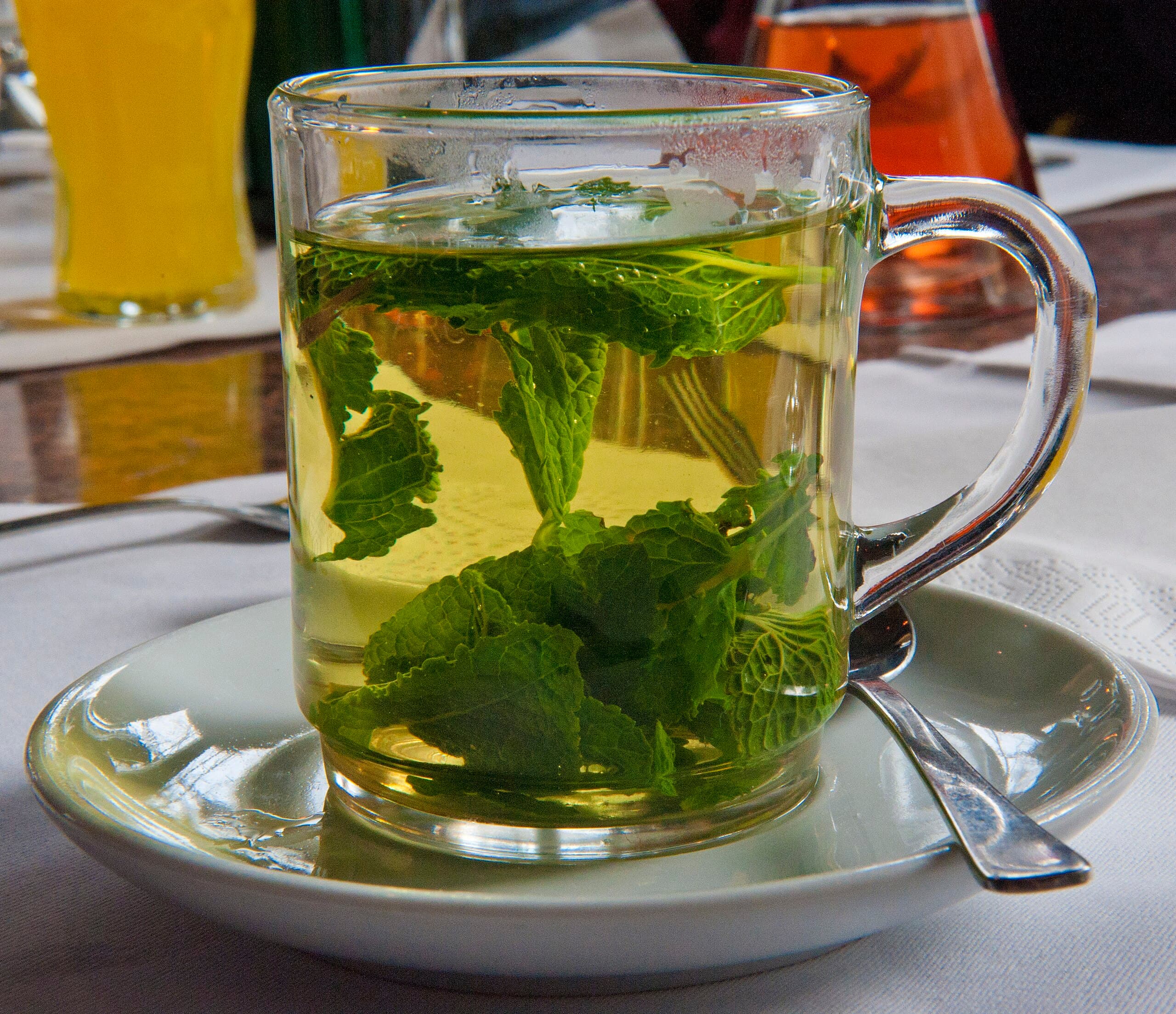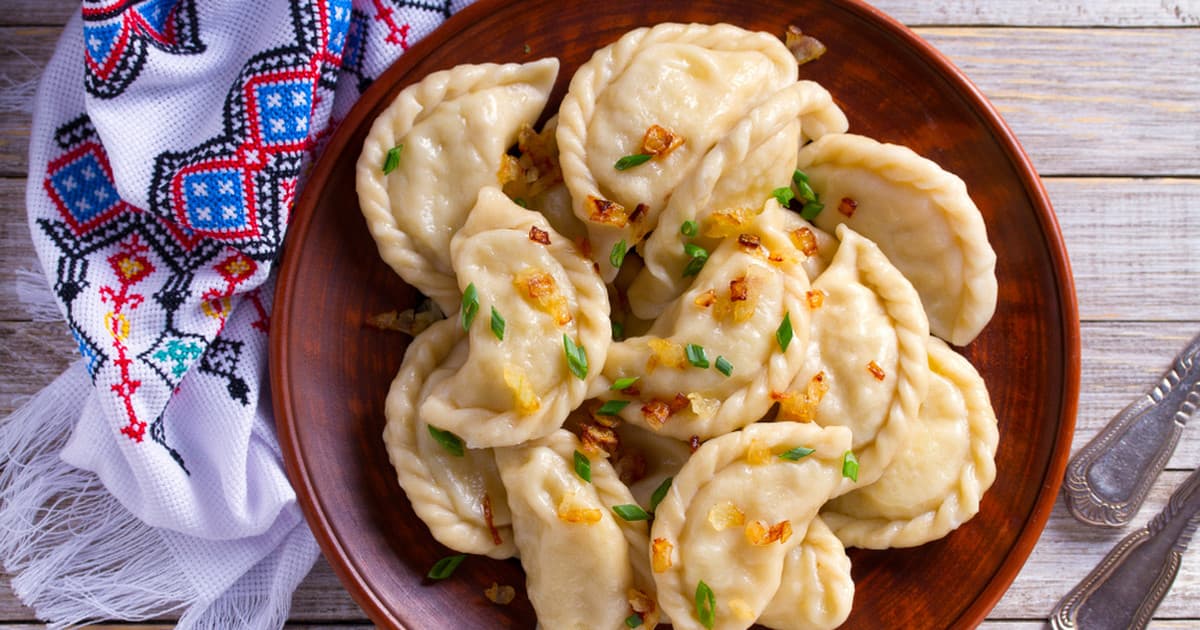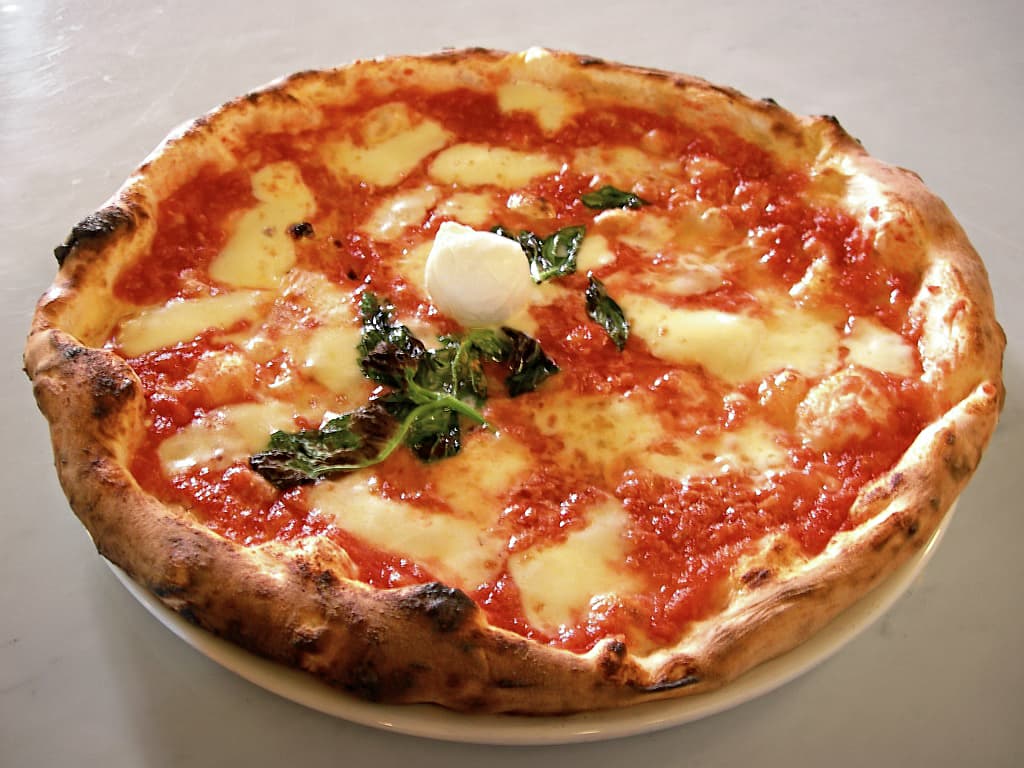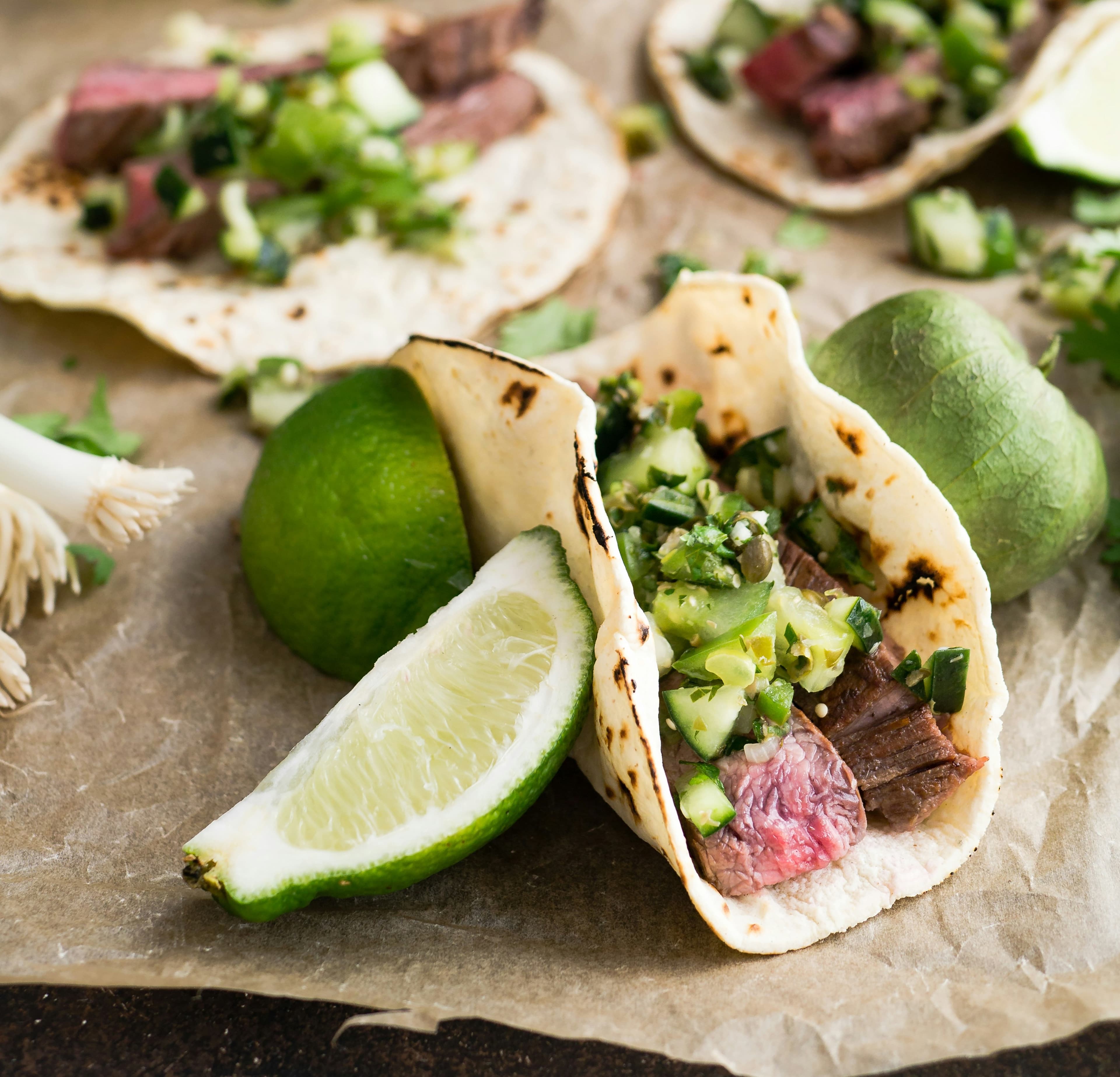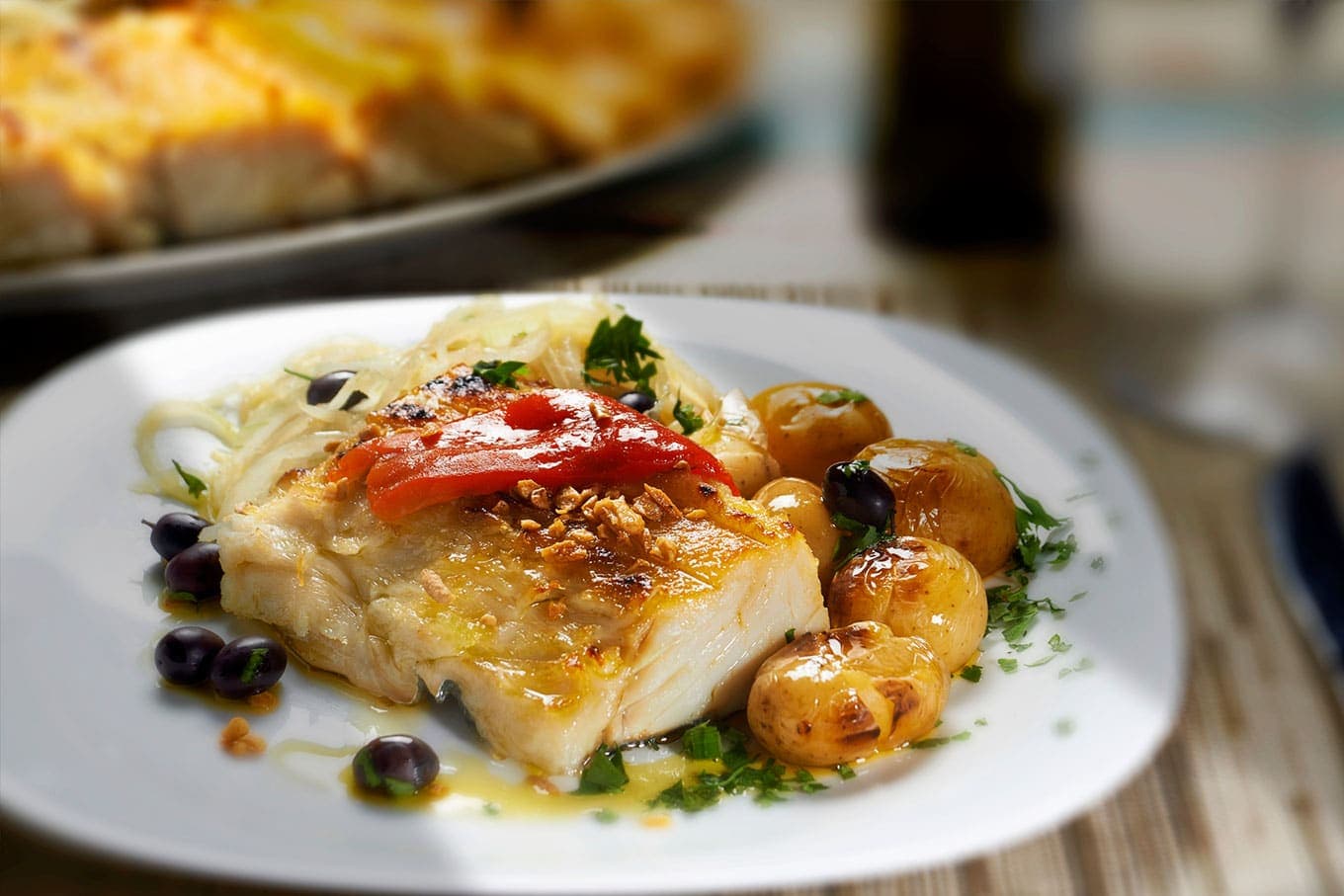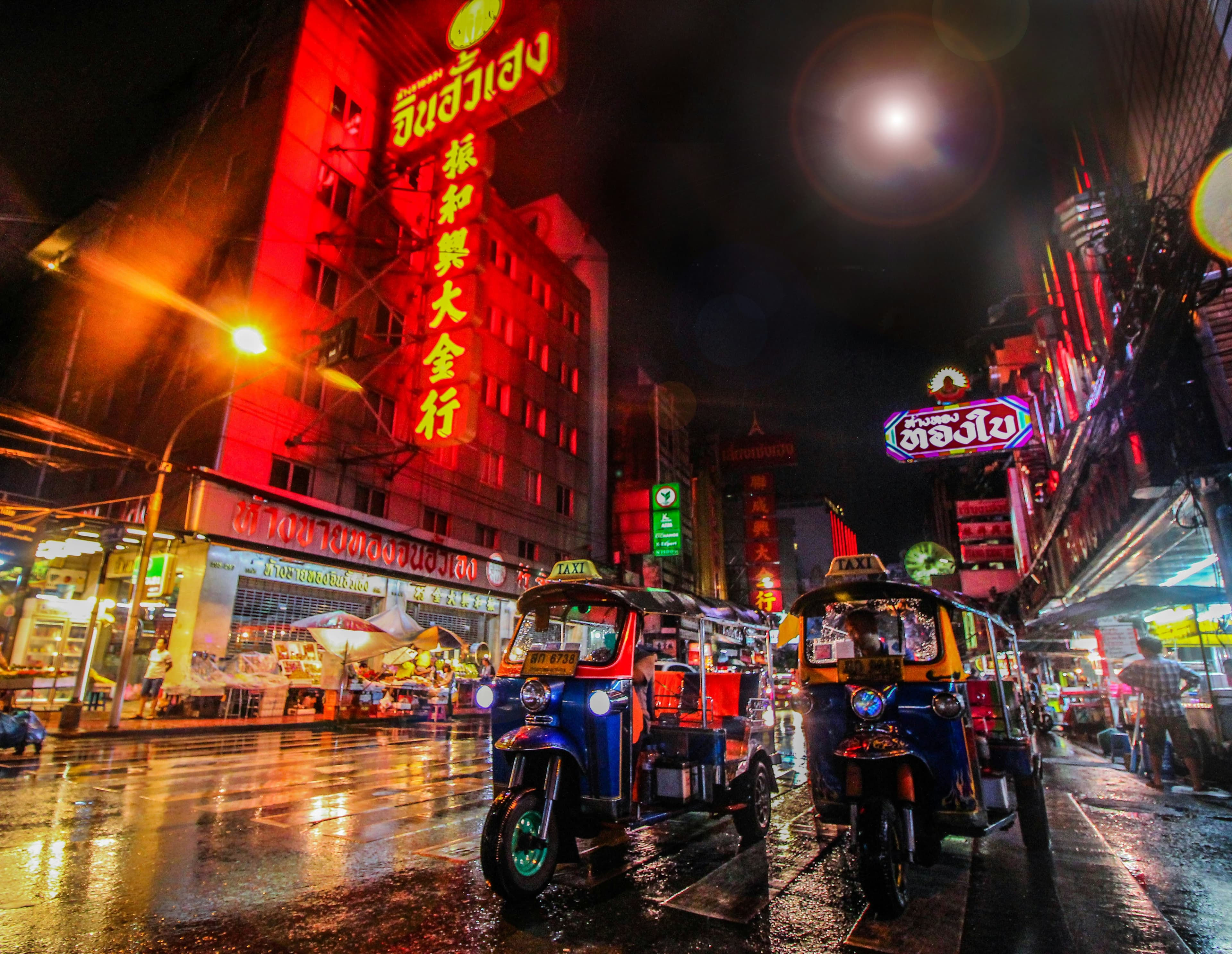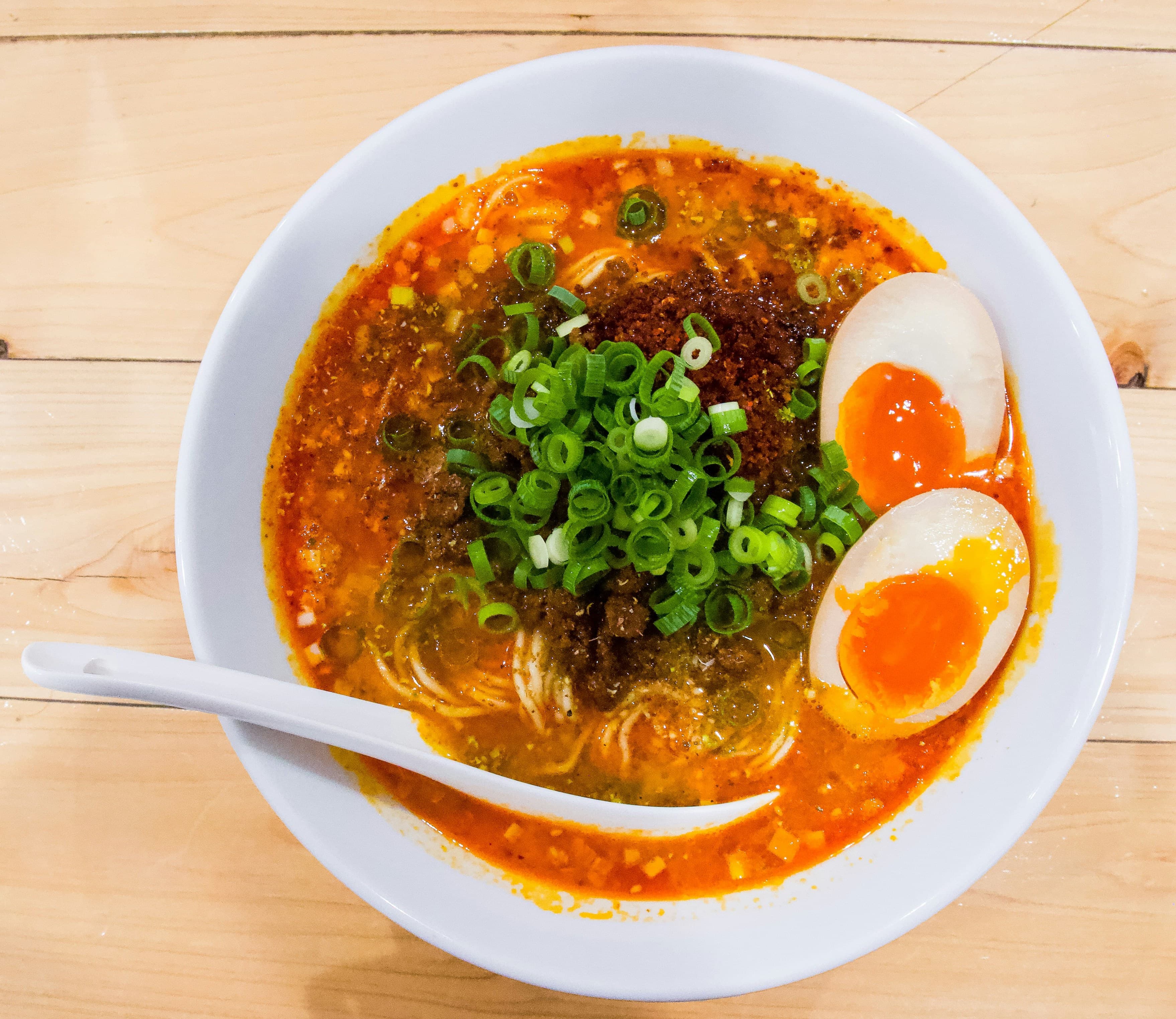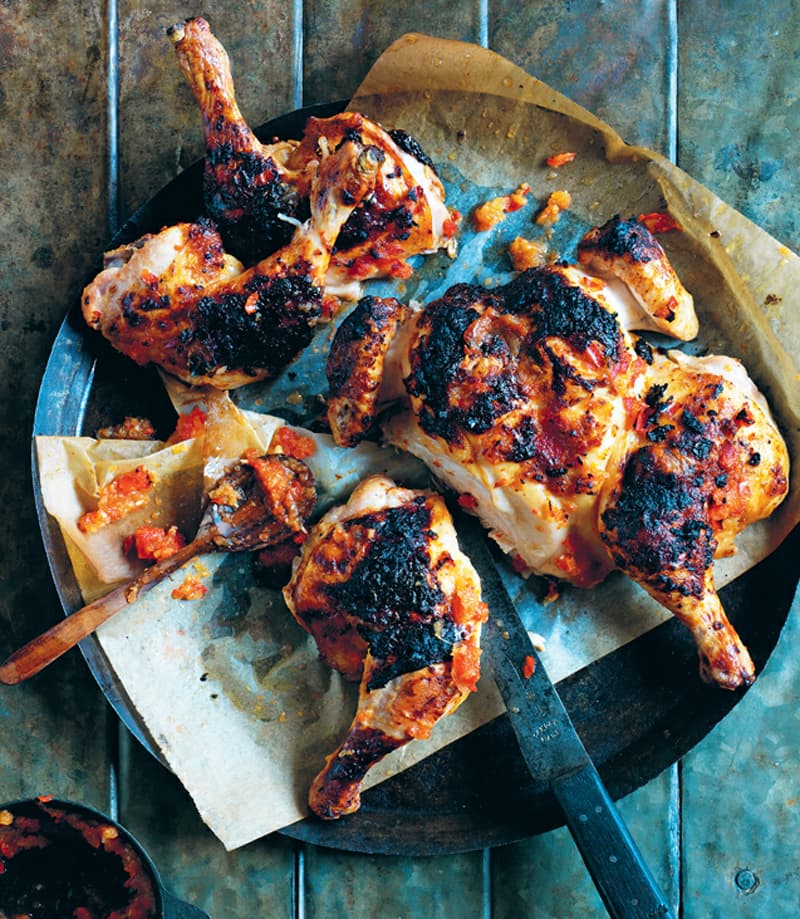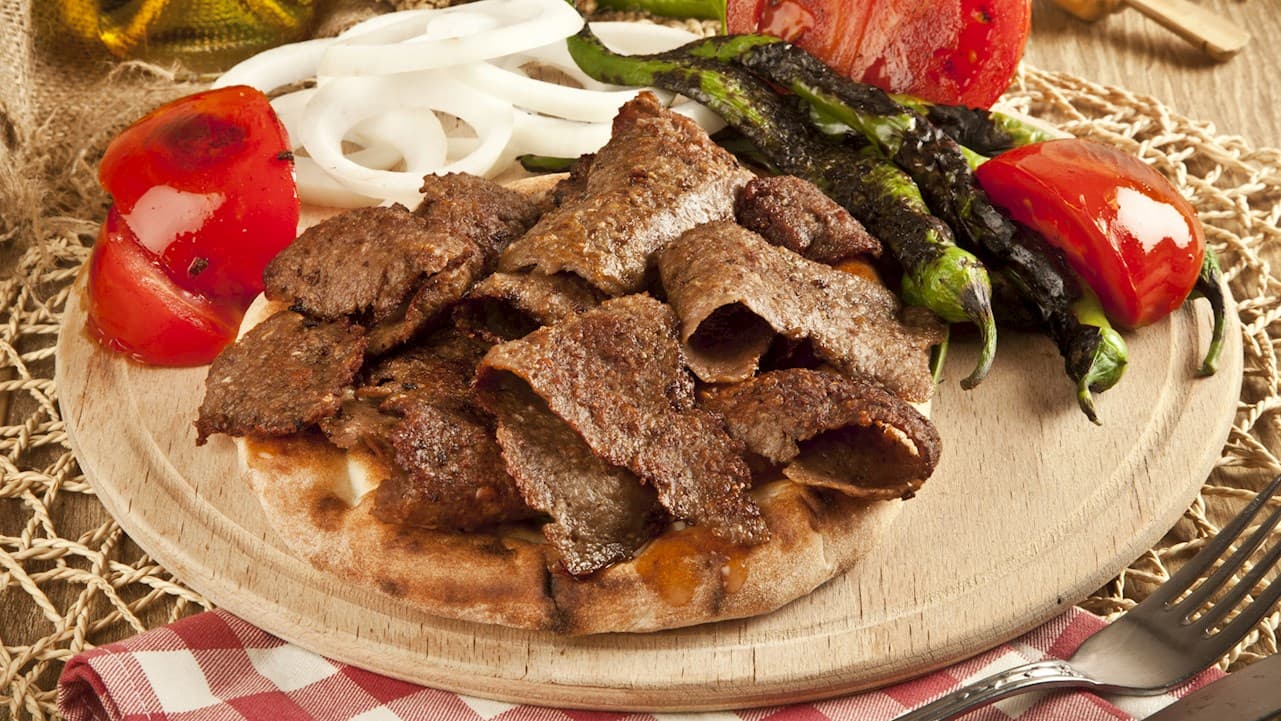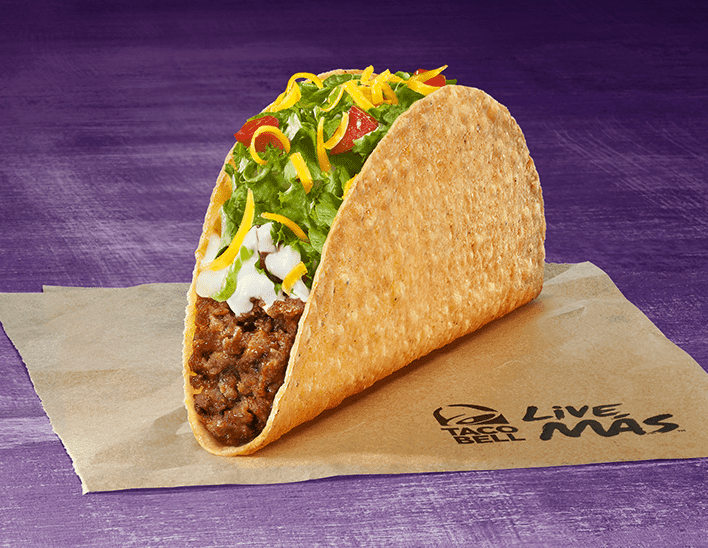Thai Cuisine vs. Thai Tea
Thai Cuisine
Thai cuisine is all about bold flavors, fresh ingredients, and a balance of sweet, sour, salty, bitter, and spicy tastes. Every meal feels like a mix of contrasts that somehow just works. You’ve got fragrant herbs like lemongrass, Thai basil, and kaffir lime leaves, paired with staples like fish sauce, chili, and coconut milk. Rice is at the heart of it all—jasmine rice is common in central and southern Thailand, while sticky rice rules up north and in the northeast. Meals are usually shared. There’ll be a spread of dishes—maybe a curry, a stir-fry, a soup, and a salad—all eaten with rice in the middle. The idea is to balance flavors across the meal rather than in just one dish. You might get the rich creaminess of massaman curry alongside the sharp, spicy crunch of som tam (green papaya salad) and the comforting warmth of a clear broth like tom yum. Street food is a huge part of everyday life. Walk down any road and you’ll find vendors grilling skewers of marinated meat, tossing noo...
Thai Tea
Thai tea is a sweet, creamy drink made from strong black tea, usually Ceylon or a local version of Assam. It’s brewed with sugar and often flavored with condensed milk, giving it that rich, smooth taste and signature orange color. When served cold, it’s poured over ice, sometimes with a splash of evaporated milk on top for that creamy swirl. In Thailand, you’ll find it in tall glasses at restaurants or in plastic cups or bags from street vendors. Some places even turn it into a blended drink, like a frappé. There are variations too—like a version without milk called “dark Thai iced tea,” or one with lime for a citrusy kick. People drink it hot in the mornings as well, often with fried dough sticks.
Reviews
Reviewed on 2/24/2025
Really spicy. Plenty of fresh ingredients and lots of variety. Famous for tom yum, pad thai, and curries. I find Thai cuisine, and especially their street food, exceptionally creative. Writing this makes me really miss Thai food. The only downside is that it can be too spicy for foreigners like me.
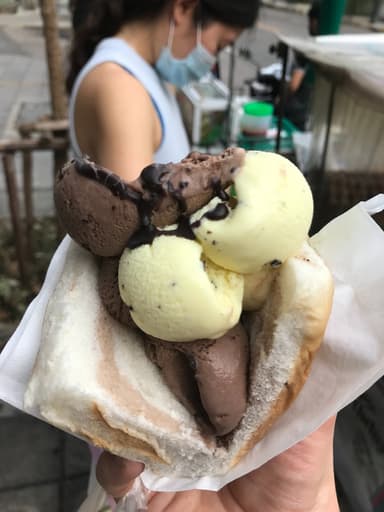
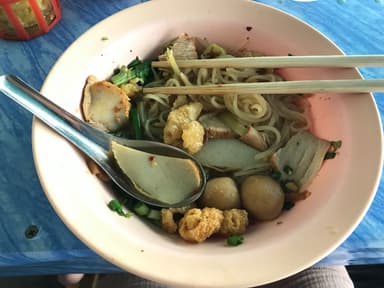
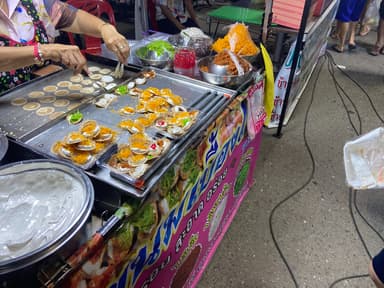
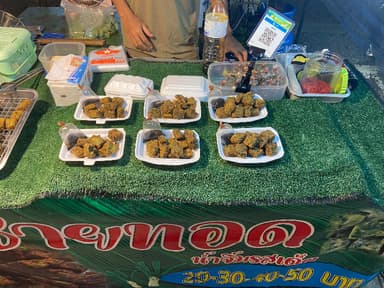

Reviews
Reviewed on 2/23/2025
The Thai staple. What can be better than a cold iced tea on a hot afternoon in Chiang Mai? Although they often make them too sweet so I always ask for no added sugar.
| Item | Votes | Upvote |
|---|---|---|
| Very spicy | 2 | |
| Very flavorful | 2 | |
| Much affordable | 2 |
| Item | Votes | Upvote |
|---|---|---|
| Very spicy | 2 | |
| Can be hard on the belly | 2 |
| Item | Votes | Upvote |
|---|---|---|
| Delicious and refreshing | 2 |
| Item | Votes | Upvote |
|---|---|---|
| Really sweet | 1 |
Frequently Asked Questions
Thai cuisine is characterized by bold flavors, fresh ingredients, and a balance of sweet, sour, salty, bitter, and spicy tastes. It features fragrant herbs like lemongrass and Thai basil, paired with staples such as fish sauce, chili, and coconut milk. Meals typically include a variety of dishes shared among diners, with rice at the center. Street food plays a significant role in Thai culture, offering a wide range of delicious options.
Pros of Thai Cuisine include its very spicy and flavorful dishes, as well as its affordability. However, some cons are that it can be very spicy and may be hard on the belly for some individuals.
Popular dishes in Thai Cuisine include tom yum soup, pad Thai, and various curries. Each region in Thailand offers its own specialties, such as khao soi in the north and fiery curries in the south.
The ambiance of enjoying Thai Cuisine is often lively and communal, with meals typically shared among friends and family. Street food vendors create a vibrant atmosphere, allowing diners to experience the bustling culture of Thailand while enjoying a variety of flavorful dishes.
Common ingredients in Thai Cuisine include jasmine rice, sticky rice, fish sauce, chili, coconut milk, and a variety of fresh herbs such as lemongrass, Thai basil, and kaffir lime leaves.
Thai tea is a sweet, creamy drink made from strong black tea, usually Ceylon or a local version of Assam. It’s brewed with sugar and often flavored with condensed milk, giving it that rich, smooth taste and signature orange color. When served cold, it’s poured over ice, sometimes with a splash of evaporated milk on top for that creamy swirl. In Thailand, you’ll find it in tall glasses at restaurants or in plastic cups or bags from street vendors.
The pros of Thai Tea include its delicious and refreshing taste, making it a popular choice, especially on hot afternoons. However, a con is that it can be really sweet, which may not appeal to everyone.
Thai Tea is typically served cold over ice, often with a splash of evaporated milk on top for a creamy swirl. It can also be enjoyed hot, especially in the mornings, often paired with fried dough sticks.
There are several variations of Thai Tea, including a version without milk called 'dark Thai iced tea' and one with lime for a citrusy kick. Some places even offer it as a blended drink, like a frappé.
Users have described Thai Tea as a staple drink, particularly enjoying it on hot afternoons. One user mentioned that while it is delicious, they often request no added sugar as it can be made too sweet.

